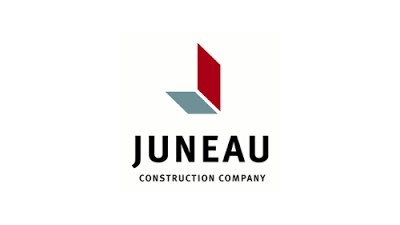How One Construction Company Brings Clarity To An Infamously Unpredictable Industry

When the ribbon-cutting ceremony arrives and a construction project is finally handed over to stakeholders and clients, one of the defining factors of its success will be: Was the project completed on time and within budget? More often than not, the answer to that question will hinge on efforts that began at the start of pre-construction and the ability to create an environment for predictable outcomes.
Construction can be a complex and volatile process. Construction delays cost developers $46M each year and indirect, unplanned costs have been shown to make up anywhere from 10% to 40% of the final price of a construction process. Along with that, there is a massive construction labor shortage, with construction firms struggling to fill 434,000 vacant construction jobs. In these stressful market conditions, it is more important than ever for general contractors to give clients the most up-to-date and relevant cost information to help them make intelligent decisions.
"Our cornerstones are our ability to deliver the most accurate information early in the pre-construction process and drive the design to maintain this cost until the project's completion," said Charles Britt, director of pre-construction at Juneau Construction. "We strive to make the construction process less volatile by creating support roles within Juneau to bridge the gap between conceptual design and construction documents."
Juneau's in-house engineers work with the company’s design and development partners to make sure early coordination and feasibility challenges are identified. This allows for greater transparency into the value of the cost of the work Juneau provides, as opposed to soliciting numbers based on metrics such as units, keys, square feet or other design criteria.
In order to create enhanced clarity around the value of the numbers they present to their clients and how they came to them, Juneau uses its virtual design and construction department to help detail and illustrate the project through 3D presentations. This allows the development team to easily visualize the project. More importantly, it allows the company’s subcontractors to fully understand their exact requirements and the budgets they will be responsible for in order to reduce allowances and unforeseen costs.

“Providing 3D visual representations and engineering reviews creates an environment filled with the most comprehensive information possible, allowing for detailed scope packages, clarifications, submittals and shop drawings," Britt said. "This minimizes scope gaps, scope creep and therefore surprise cost escalations."
Jake Landreneau, Juneau’s director of virtual design and construction, said the 3D models he and his team create are much more detailed and effective than traditional spreadsheets or architectural drawings when it comes to helping stakeholders predict what a project will actually look like.
To provide this level of service in a tight labor market, filled with construction workers who are aging out and young professionals entering the market, Juneau strives to surround its project teams with the technology and expertise to continue to deliver not just a project, but an experience to be proud of.
“Our ultimate goal is to deliver unparalleled results with a level of professionalism and service that will make them happy they chose Juneau as a partner,” Landreneau said.
This feature was produced in collaboration between Bisnow Branded Content Studio and Juneau Construction. Bisnow news staff was not involved in the production of this content.

